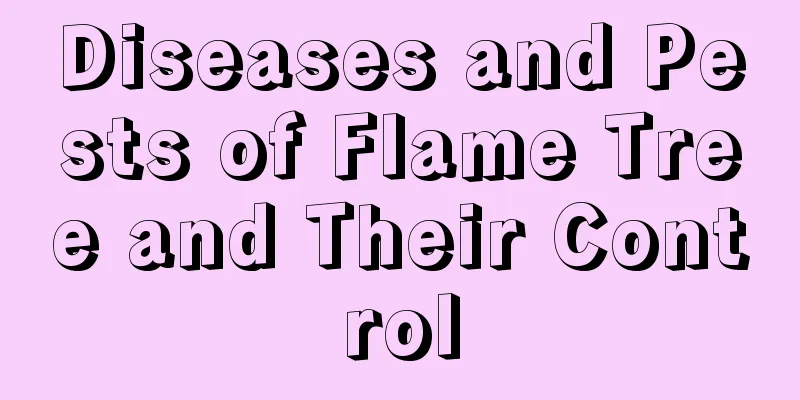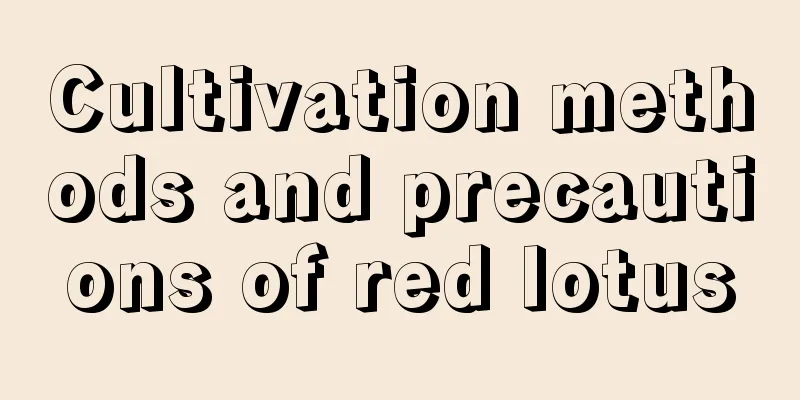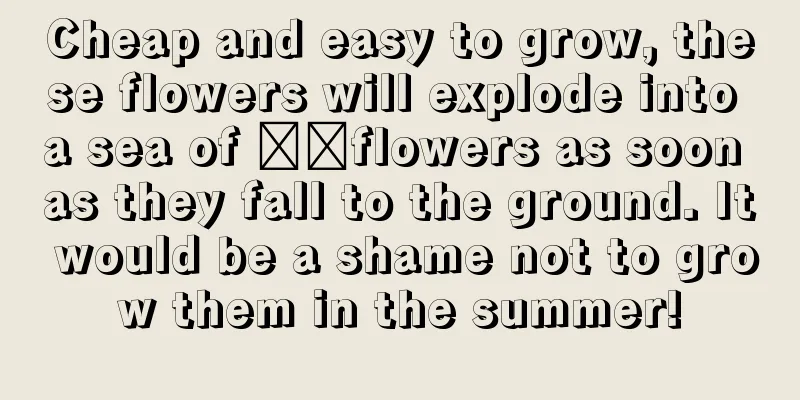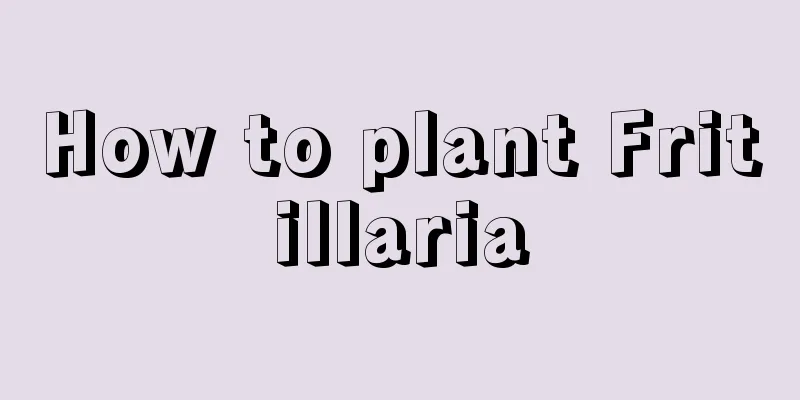Diseases and Pests of Flame Tree and Their Control

Diseases and their control of flame treeDamping-offThe disease mainly occurs when there is heavy rainfall in spring, and both seedlings and mature plants will be harmed. Symptoms include dark brown spots on the affected area, and in severe cases, large areas of death. Prevention and treatment methodsDiscover and remove diseased plants in a timely manner to reduce pollution sources and prevent the spread of diseases. The soil needs to be disinfected before transplanting. You can mix 70% pentachloronitrophenol with fine soil in a ratio of about 1:30 and sprinkle it on the soil of the seedbed. When transplanting with new disease-free soil, you must use fully decomposed fertilizer and not fresh farm manure. For spring-planted seedlings, spray 1000 times diluted 75% Benomyl or 1000 times diluted 70% Thiophanate-methyl about a week later, and then spray every ten days or so, alternating between the two. Flame Tree Pests and Their ControlMain pestsThe main pests of flame tree are aphids, large and small cutworms, beetles, geometrid moths and fall armyworms. Aphids can induce sooty mold disease; cutworms and beetles use their larvae to feed on roots. The former mainly harms cuttings and seedlings, while beetles harm large, medium and small seedlings; geometrids and noctuids harm plants with their larvae feeding on leaves. In severe cases, all the tender shoots can be eaten up in 2 or 3 days.Prevention and treatment methodsFor the prevention and control of aphids, you can spray 3-5 degrees Baume lime sulfur mixture or 5% diesel emulsion before germination to kill overwintering adults and eggs. The second spraying can be done after the flowers fall, and the third spraying is done in autumn. The larvae of cutworms and beetles are underground pests, so their prevention and control requires strengthened management, and do not apply uncomposted organic fertilizers. Tillage work is required in winter to dig the overwintering larvae out of the ground and freeze them to death. In addition, apply 3% Furadan granules at a dosage of 2 kg per mu into the soil at a depth of 10-20 cm through trenches. For the larvae of geometrid moth and noctuid armyworm, 1500 times diluted 50% methamidophos can be sprayed. |
<<: Osmanthus fragrans leaf blight and its control
>>: Diseases and control of Japanese cherry blossoms
Recommend
The language and legend of the mountain Michelia
The flower language of the mountain Michelia The ...
What to do if black bugs grow on rainbow jade
1. Causes If the place where the rainbow jade is ...
How to prune dianthus
How to prune dianthus Dianthus is usually pruned ...
Can the drooping of evergreen be restored?
1. Can it be restored? Of course, the drooping of...
How to grow Kalanchoe
1. Breeding methods 1. Sunlight: Kalanchoe needs ...
How to grow Colchicum
How to grow native colchicum When cultivating col...
How many years does it take for golden beans to bear fruit?
Introduction to growing golden beans Golden beans...
Causes and treatments for the fragrant garcinia leaves
1. Too much watering 1. Reason: It does not need ...
How to make dried azalea branches bloom
1. Picking branches Before collecting branches, y...
Orange growth environment conditions and characteristics
Orange growth environment conditions and requirem...
How to grow succulents to make them fat? 5 ways to do it!
Water Control Generally speaking, if succulents l...
How to grow blue snowflakes
1. Temperature Temperature is very important for ...
Is it better to use a large or small pot for white orchids?
Is it better to use a large or small pot for whit...
How long does it take to cook cheese and meat?
Cheese and meat serving time After the cheese suc...
How to grow cinnabar plum
1. Breeding environment 1. Soil: You can use leaf...









